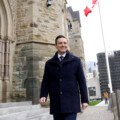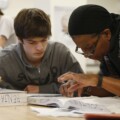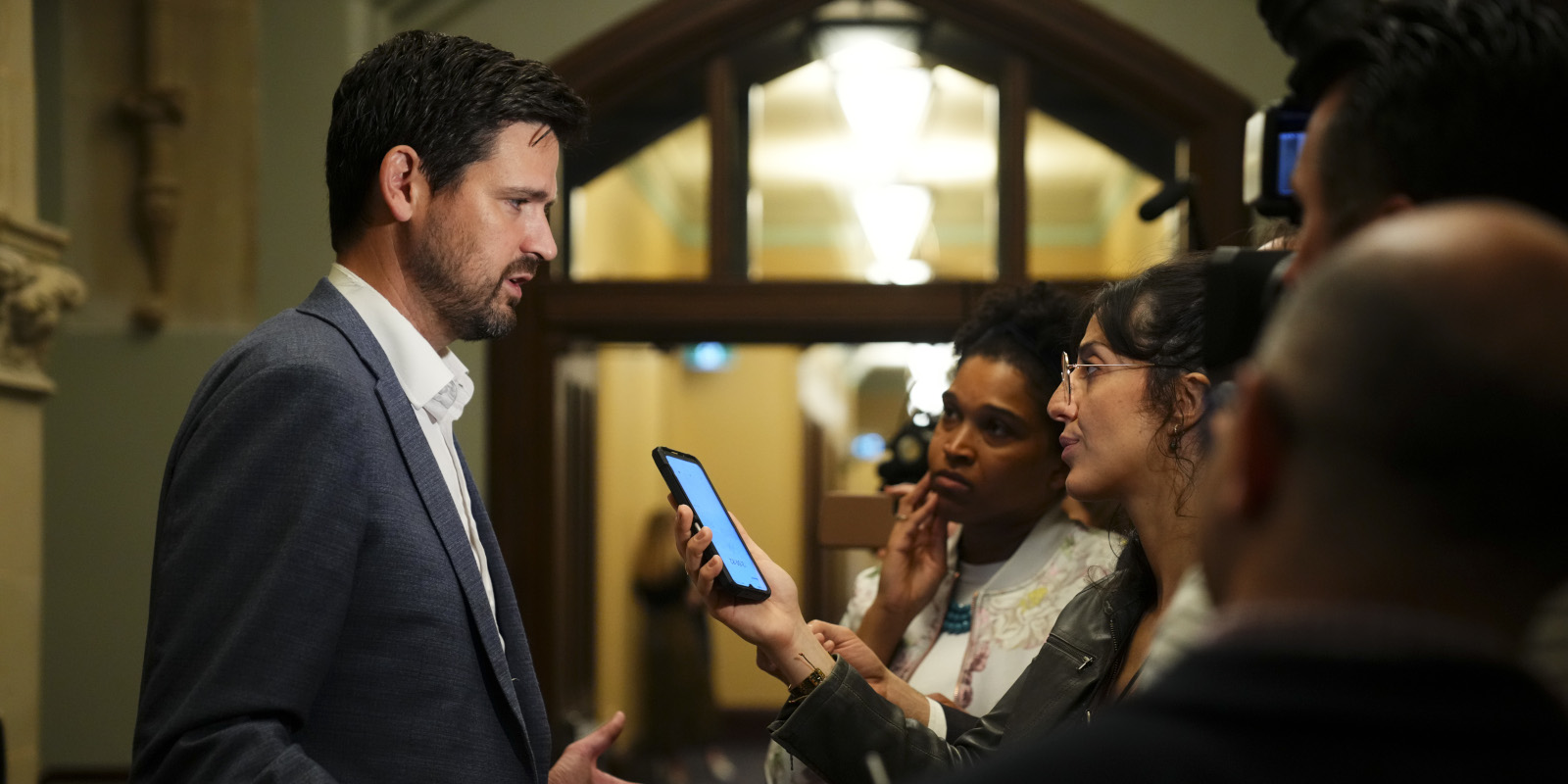Nowhere is the strange story of international students in Canada better illustrated than in a local movie theatre in Sydney, Nova Scotia, nine kilometres from the Cape Breton University campus.
At the Sydney Cineplex Cinemas last fall, alongside movie-goers taking in the latest Marvel movie, university students were piling into the theatre for classes due to a lack of teaching space.
Not coincidentally, the university reported a haul of nearly $85 million in tuition fees this spring, a 200 percent increase from just five years ago, driven mainly by an increase in international students.
And teaching space isn’t the only thing at a premium in Sydney. Local media have reported on a housing shortage that residents attribute to the influx of international students. Some of the students themselves have asked for a cap on enrolment, as they grapple with housing issues and underwhelming employment opportunities.
A recent CTV News investigation into the mistreatment of international students drew national attention and a fiery response from the university.

But the numbers are hard to argue with. A fall report by the Association of Atlantic Universities that tallied recruitment numbers showed a 40 percent increase in international students at Cape Breton University.
The report said the CBU student body was composed of 5,900 students, of which 4,000 were foreign students, or more than two-thirds of the total enrolment. The previous year CBU had 4,200 total students and about 2,400 international students.
And while Cape Breton University may have some of the highest numbers, it’s just one data point in a Canada-wide trend.
The Canadian government counted more than 800,000 foreign students in Canada at the end of last year, a 31 percent increase over the previous year.
These students represent an extraordinary boon to universities and colleges, paying higher tuition and juicing the schools’ coffers while provinces cut or freeze post-secondary funding. The government estimates that foreign students spend more than $20 billion per year in Canada, on school fees and other consumer spending.
“At least with some of the colleges, they have grown substantially without any plan to house people. So it’s one of these things where it just grew. A lot of different people made a lot of different decisions, and there was no central coordination,” said Mike Moffatt, a professor at the Ivey Business School at Western University.
Because there is no central coordination or limit on how many international students can come to Canada, our post-secondary institutions have basically found a way to monetize permanent resident status, said Mikal Skuterud, an economics professor at the University of Waterloo who specializes in labour markets and immigration.
“Canadian PR status has massive economic value around the world. If we auctioned it off that would generate huge amounts of revenue. We’d probably never have to pay income tax again,” said Skuterud.
International student fees have continued to rise along with the number of students coming to Canada, meaning even as the fees reach dizzying heights compared to the fees for domestic students, people are still willing to pay them.
“So every school for sure is looking at what happens to applications when they increase their tuition fees. And from everything I’ve seen, there is no response,” said Skuterud.
And while foreign students increasingly seem to be jaded about life in Canada, finding themselves on the front lines of the country’s housing crisis and in schools that don’t live up to their marketing brochures, they have little recourse.
“Those foreign students aren’t voting. (Ontario Premier) Doug Ford knows that. And those foreign students’ parents, more importantly, who paid the tuition, especially aren’t voting,” said Skuterud.
While Canada’s largest universities have been juicing their enrolment numbers with international students, there have been new colleges and schools popping up that seem to exist entirely to take advantage of Canada’s loose rules on foreign students.
At a meeting of the House of Commons immigration committee on June 14, a Liberal MP asked Immigration Minister Sean Fraser about new colleges being created that don’t have adequate teaching facilities or spaces to hold the students they are enrolling.
To apply for a study permit, students need an acceptance letter from a “designated learning institution,” which are lists maintained by the provinces. Fraser said he was worried that inadequate schools were being added to these lists without proper oversight.
“I’ve heard a lot of stories that really, really troubled me about designated learning institutes,” said Fraser.
“The vast majority are good actors make no mistake, but when I hear stories of students who come to this country, who tell me they feel like they were sold a false bill of goods, and are enrolled in a program that may have 1,000 students with room in the facility for a few dozen students it suggests to me that there are international students being exploited in this country,” said Fraser.
The minister said he has heard stories about inadequate schools popping up and foreign students being promised a pathway to permanent residency “that does not exist for them,” he told the committee. Some students have been told by intermediaries that they can apply for the student visa and then just arrive in Canada to work.
Fraser laid blame on the provincial government for not holding schools accountable for “not treating students fairly, but are instead seeking to profit off them,” the minister said.
Christina Wramhed, who is listed as the director of communications for Jill Dunlop, the Ontario minister of colleges and universities, did not respond to several requests for an interview or a response to the comments made at the House of Commons committee.
With the number of international students in Canada each year mostly defined by the success of university and college recruiting campaigns, both Moffatt and Skuterud urged policymakers to think about the country’s goals for the program and bring some stability and certainty to it.
Moffatt said the provinces should demand a five-year plan from post-secondary institutions that would lay out targets for international students. The provinces could reject the plan if adequate housing wasn’t available, or they could require the schools to build residences for the new students.
Skuterud said the schools should be required to collect data on the students, including graduation rates and their labour market outcomes. If international students aren’t working in industries relevant to their education, it could prompt further investigation into the programs.
Skuterud said the private schools that Fraser warned about are a blackhole when it comes to this kind of data.
“I can’t find any data on this. This is a big problem. And we don’t even know how many foreign students are going into these schools. But then what are their outcomes? What do we know about that?” said Skuterud.
If students are simply returning to their home countries after graduation or working low-skilled jobs, then the program isn’t doing much more than filling the coffers of post-secondary institutions and creating fed-up new Canadians, he said.
“So that that would be a way to really put pressure on these schools, to internalize that incentive to produce good outcomes for their students, to actually teach them something, to actually invest in their human capital,” he said.
Recommended for You

DeepDive: Canada’s universities are failing to provide proper civic education. Here’s how Alberta can correct course

Sabrina Maddeaux: Canada’s immigration absolutists are refusing to correct course, no matter the cost

The Weekly Wrap: Pierre Poilievre leans in on immigration

Paul W. Bennett: With AI taking over classrooms, it’s time to go old school again



